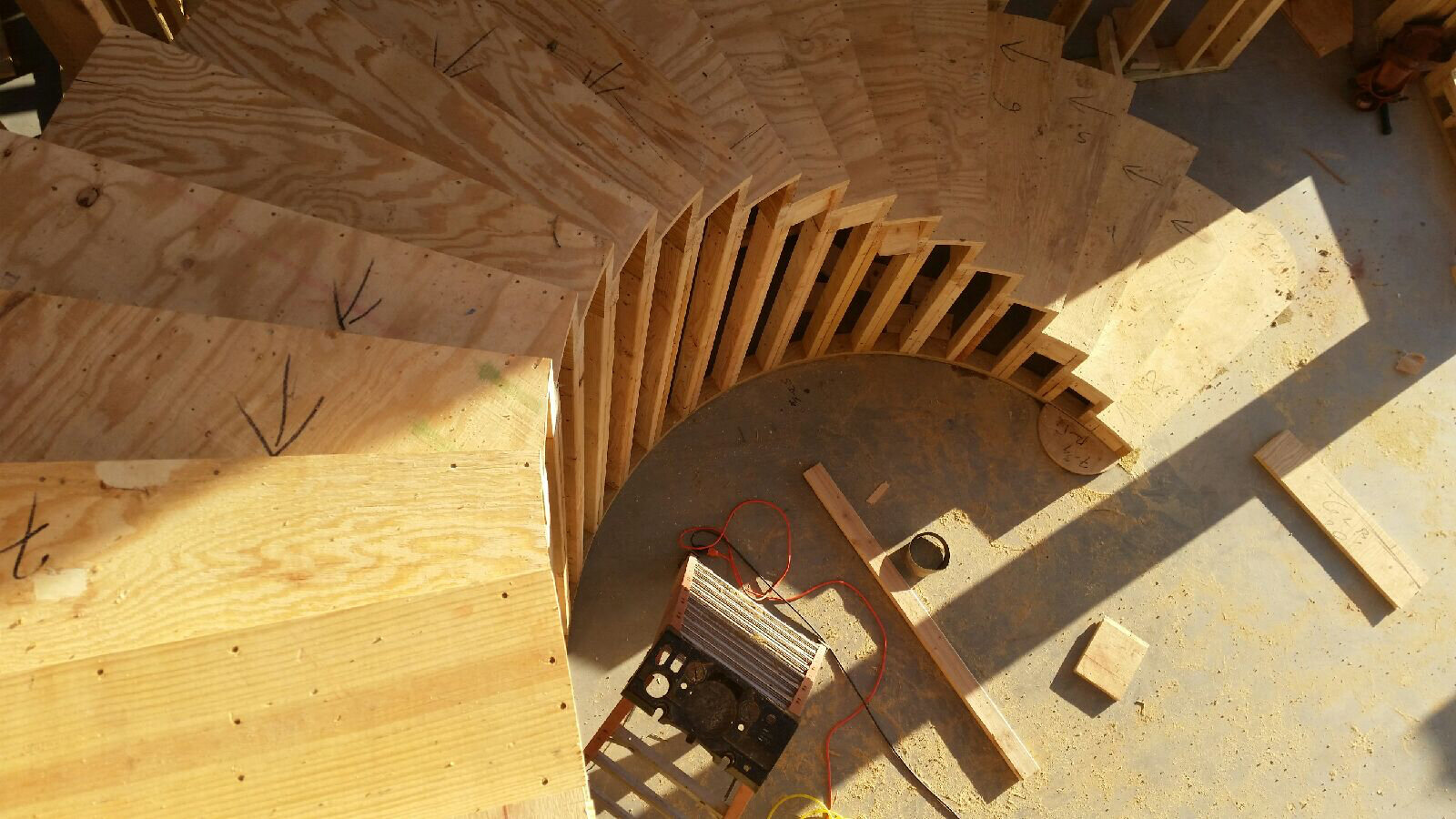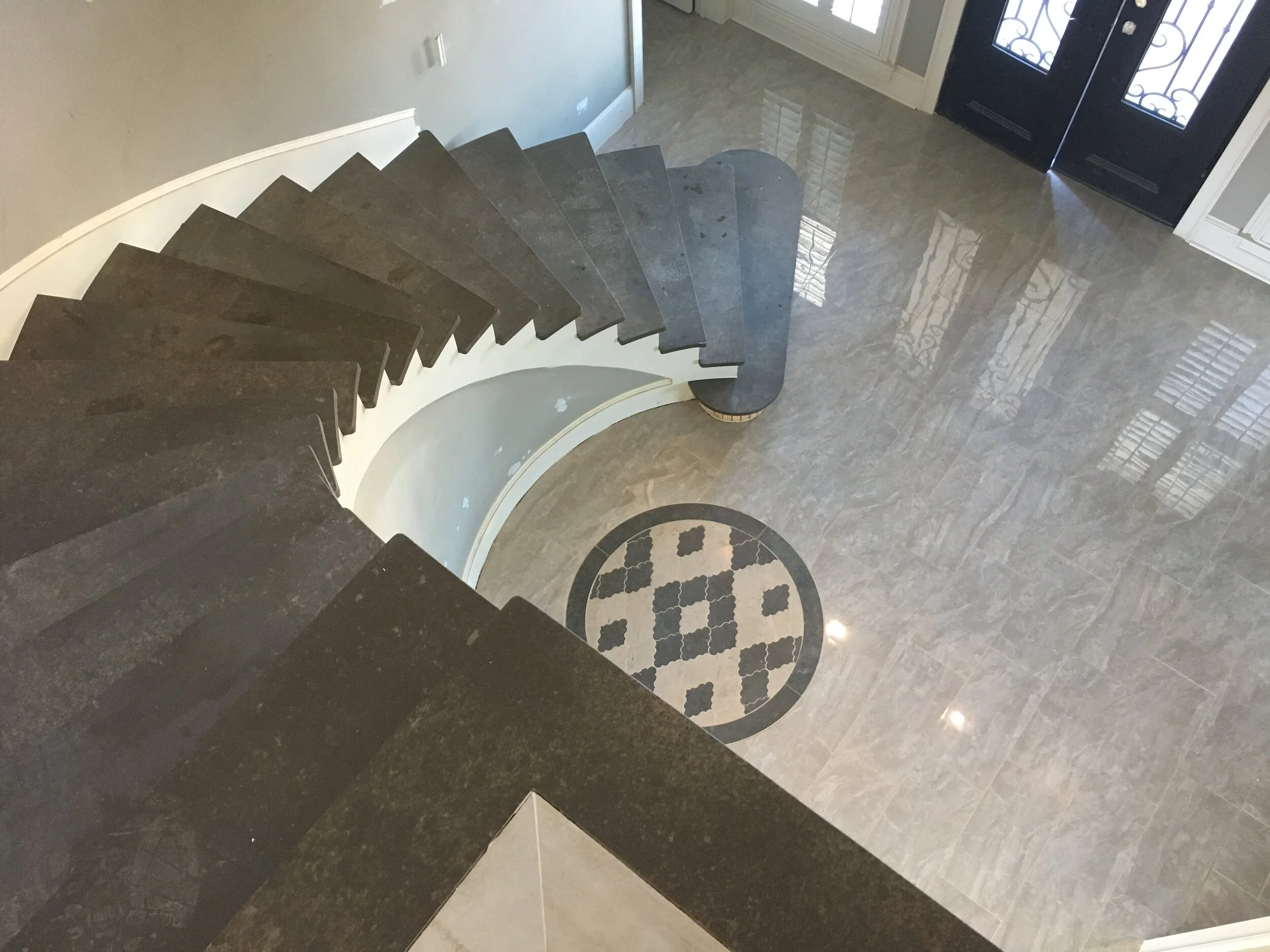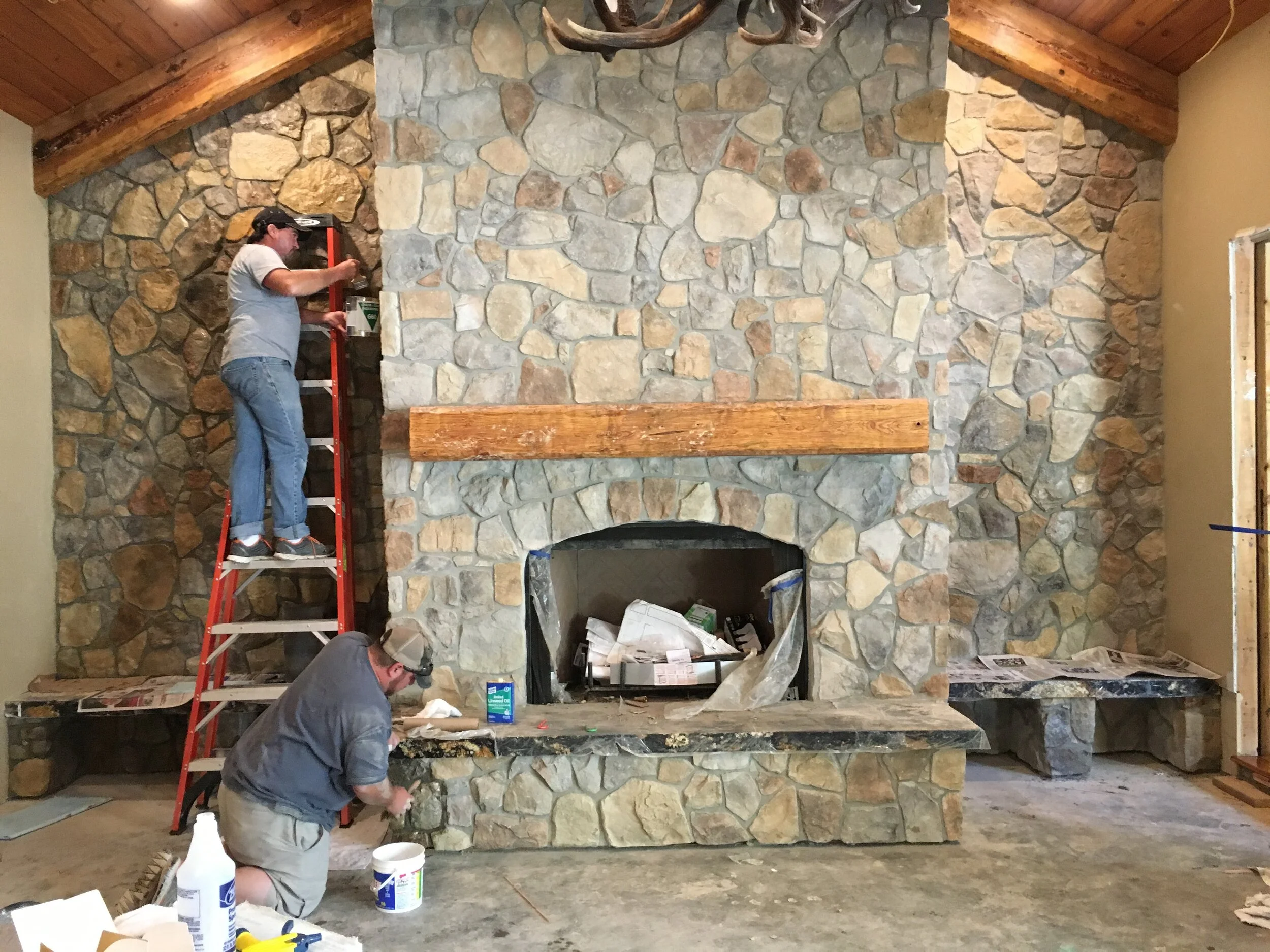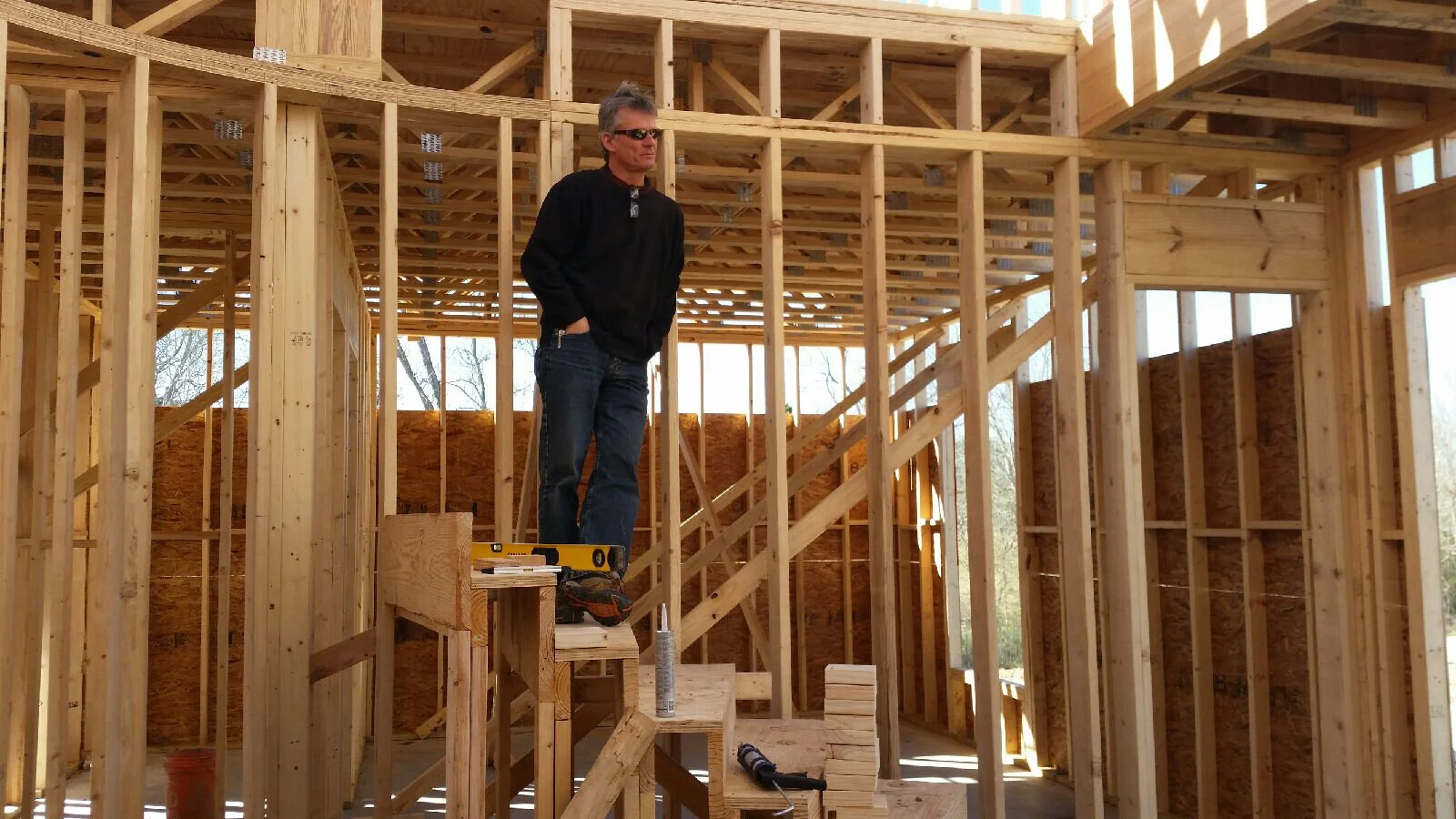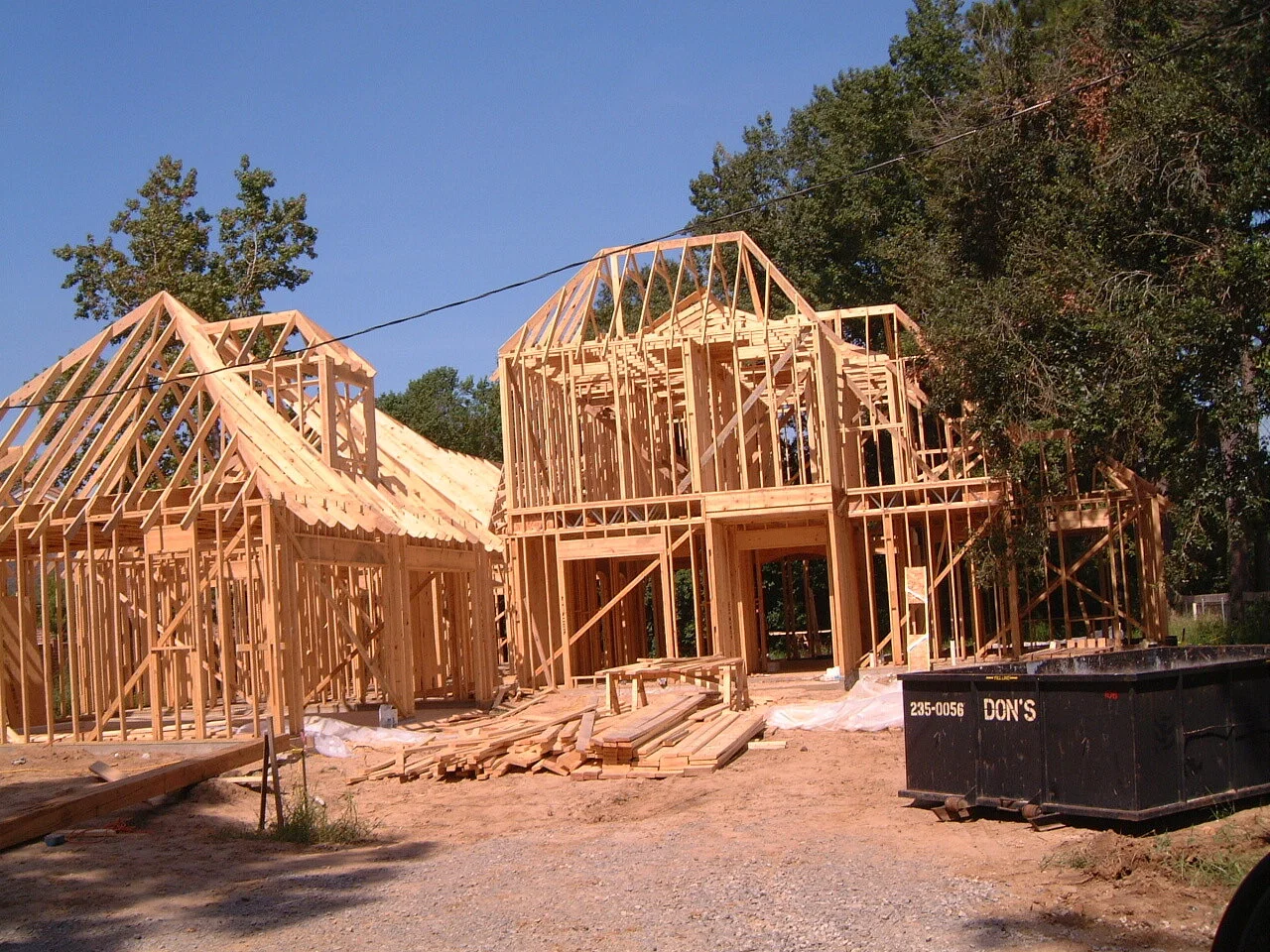Recognizing a responsibility to his clients and to the community, Markus designs and builds homes with a sense of permanence and sustainable character. Designed thoughtfully, homes are created of proper scale and proportion. Each home is built to exacting standards with a rigorous commitment to construction quality.
Build Overview
Once construction begins…
Markus is on site daily directing subcontractors to ensure expedient scheduling as well as to oversee that technical complexities of the design are executed properly. Markus limits the number of homes that he builds at any given time, in order to give as much personal attention to each project as possible.
Each home is built…
in adherence to guidelines set by the Southern Building Code Congress International (SBCCI). A copy of the NewHome Warranty Act will be supplied to you upon completion of your new home. This act details a contractor's responsibility for any covered structural defect up to five years after completed construction. ( A copy of the Home Warranty Act can also be picked up at Acadiana Home Builders Association office.)
The makings of a good contractor
Licensed. Your builder should be a licensed contractor. Banks will require proof of this license before loaning money.
Insured. Builders are required to have general liability and workman's comp insurance in order to build a home. Your bank will require it.
Trustworthy. You are about to embark on an average six to nine month-long relationship with your contractor (depending on the size of project and the weather). You must have a high level of trust right from the start. Check references.
Strong project management skills. The single most important part of ensuring that your new home will be built on time and on budget rests on your contractor's ability to effectively manage the project. Strong subcontractor and supply vendor relationships will ultimately save you money and time. A contractor will have these relationships already established - you won't.
Responsible. It is a given, that the contractor assumes the responsibility of securing permits, making sure that all subcontractors are insured, and guarantees his work.
About self-contracting
Who's ultimately responsible?
Self-contracting does not automatically mean lower costs. It can cost you financial security should you not meet code or a sub-contractor not honor a warranty or correct a problem. As a self-contractor, you have no recourse should something "go wrong."
Coding: The state of Louisiana requires all self-contractors to file a homeowner/builder affidavit which states that the homeowner/builder "will be solely responsible for all codes." In addition, self-contractors are held responsible for "any and all code violations/fines and other liabilities."
Subcontractors: As a self-contractor you are solely responsible for all of your subcontractors. Subcontractor relationships are often made difficult by the fact that they are usually a "one-time" occurrence. Disputes with subcontractors can result in a lien being placed on your property.
Permitting: As a subcontractor you are responsible for securing all permits. As a permit purchaser you are liable for complying with all applicable laws.
Metrocode, the local building authority, mandates that each home under construction pass three critical inspections 1) foundation, 2) framing (open wall) and 3) final .
The electrical, plumbing and HVAC subcontractors pull their own permits for each job and each has their own inspections at required phases of the project.
Financing: If you self-contract your home, many lenders will not loan more than 80 percent of the projected cost.
Insurance: Many lenders also require general liability, because as the contractor, you are responsible for any third-party injuries that occur on your property. In addition, you may be open to increased risk of lawsuits arising from accidents or injuries occurring on your building site.
New Home Warranty: If you are a self-contractor and sell your home to another party, you are responsible for any covered structural defect during the seven-year period.

